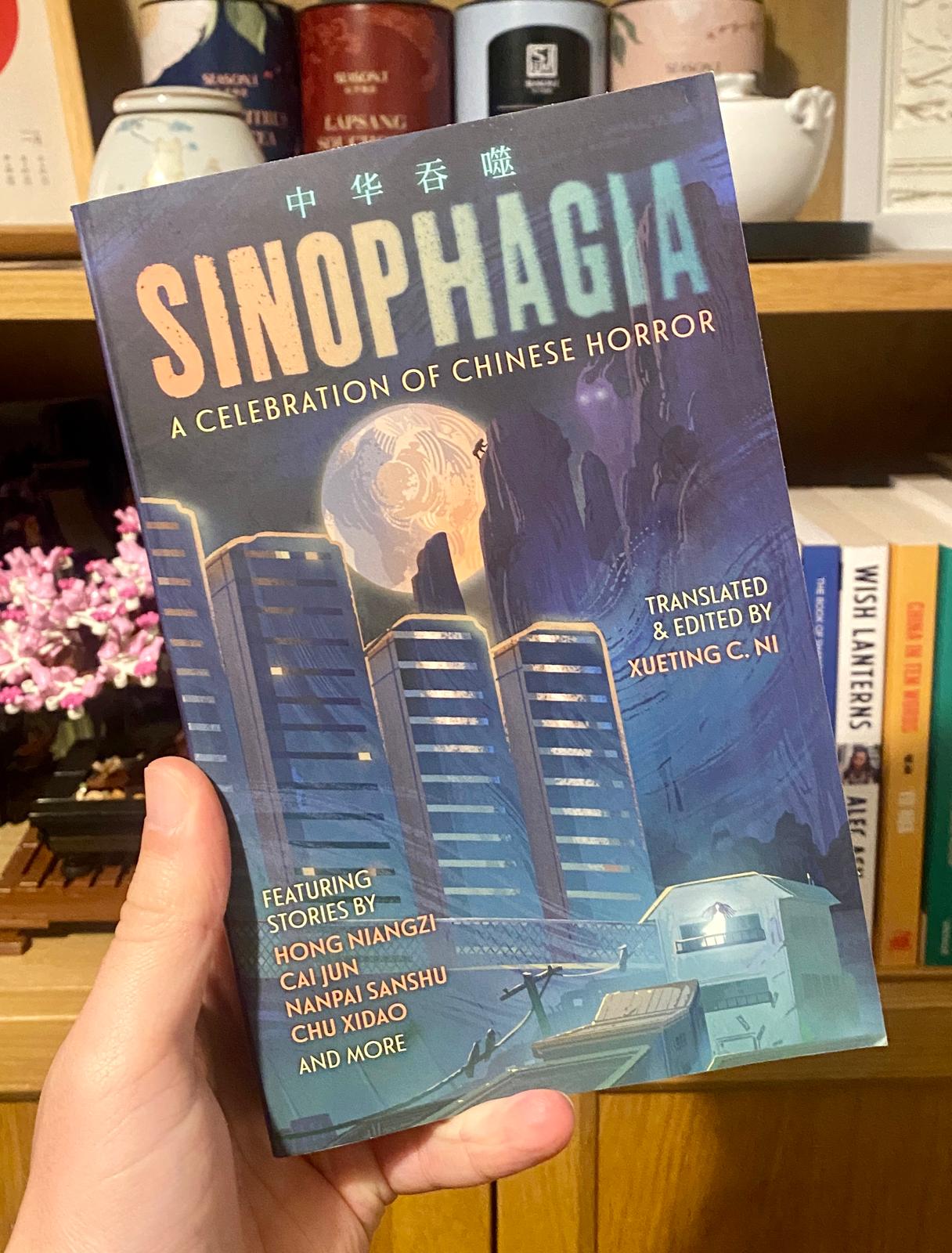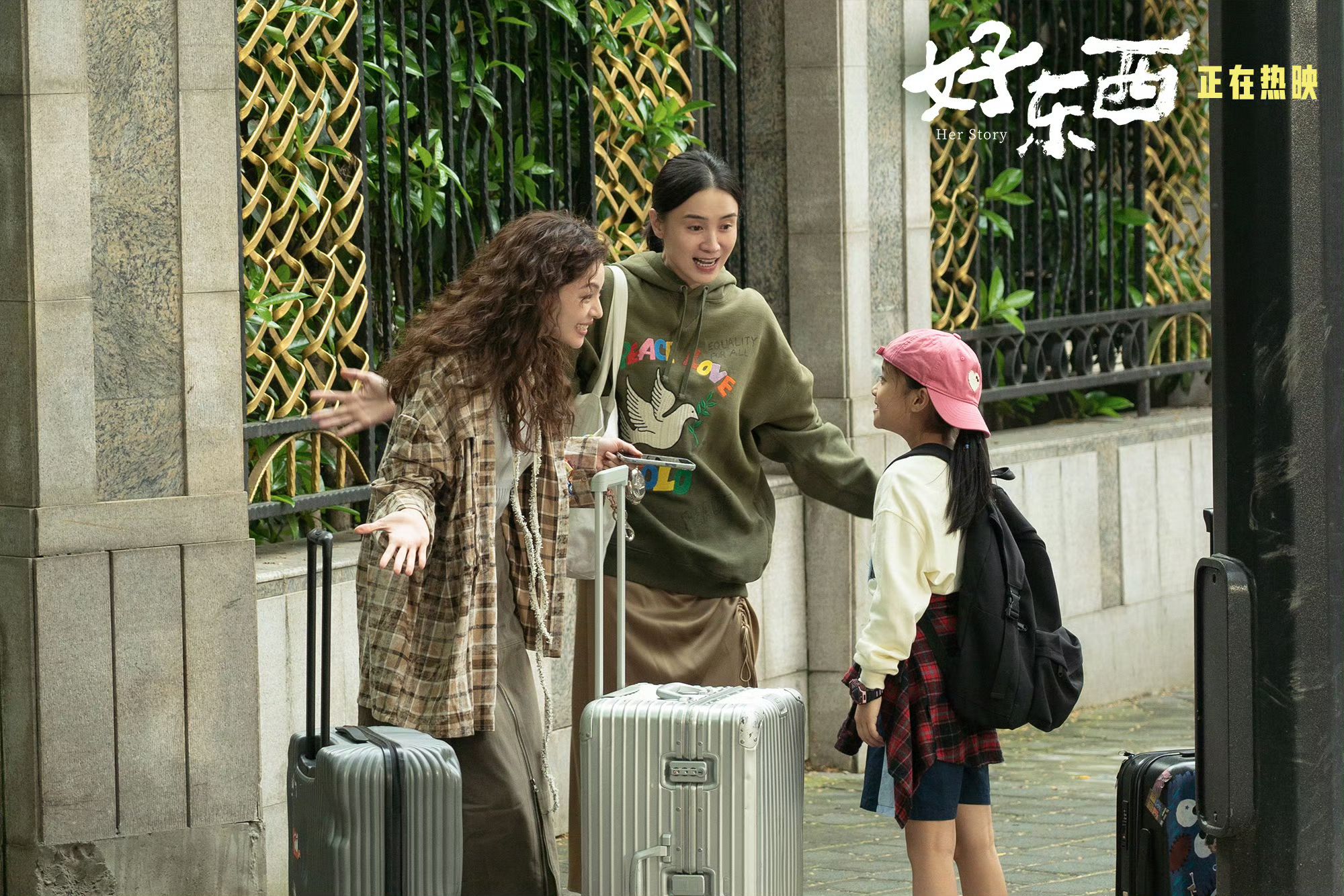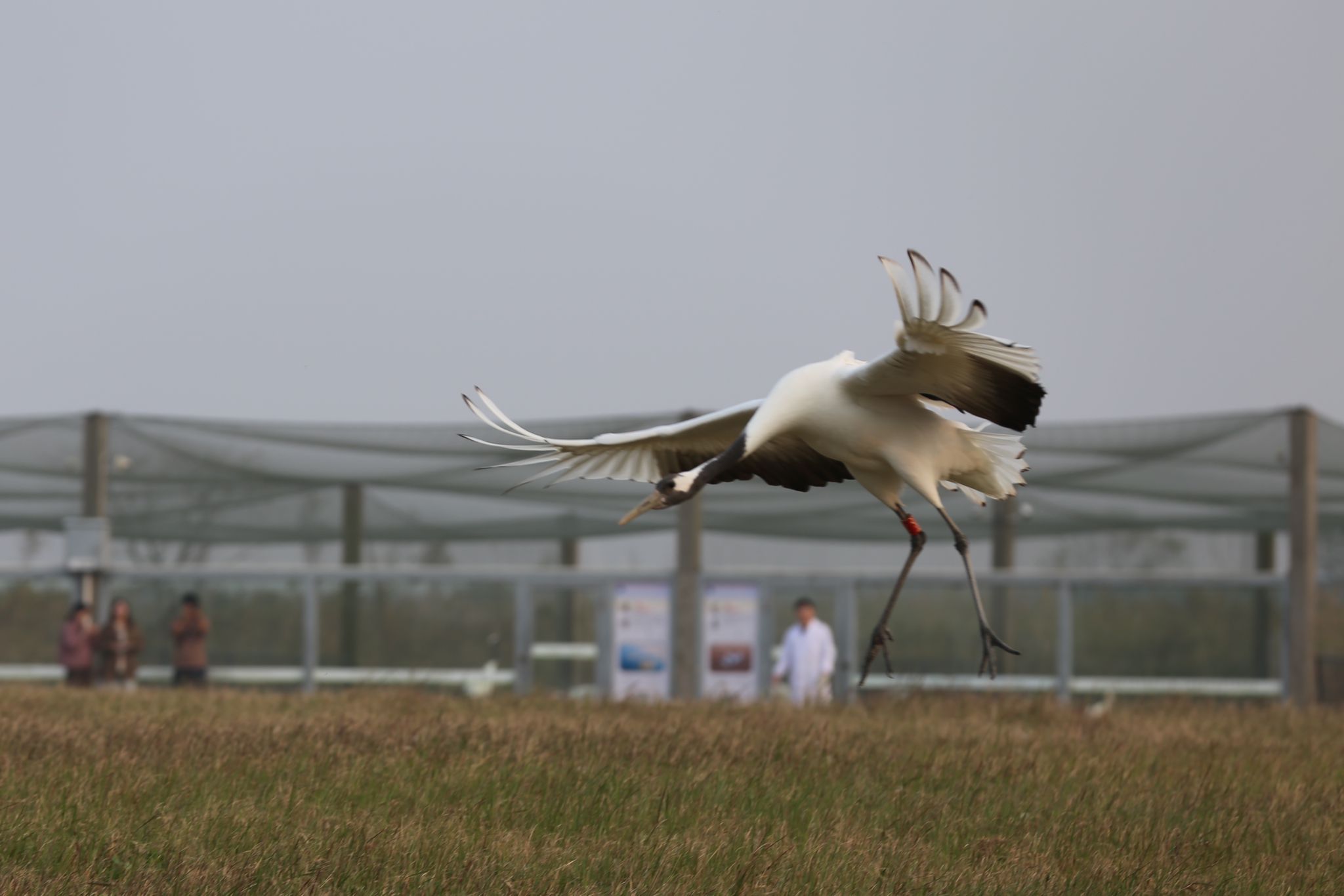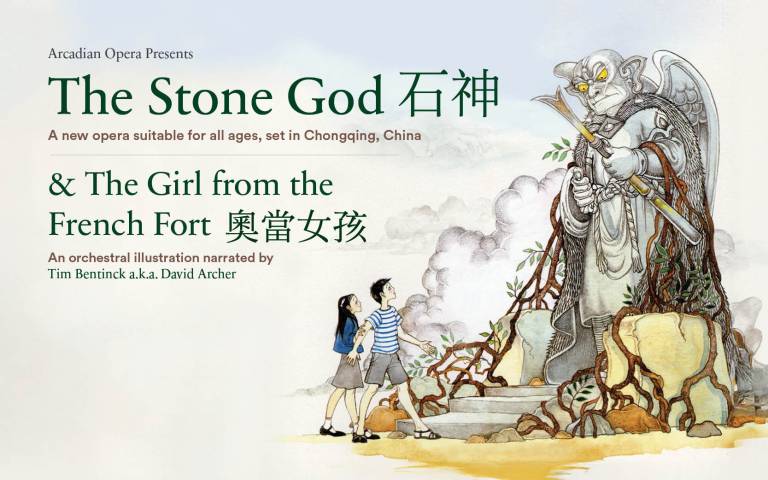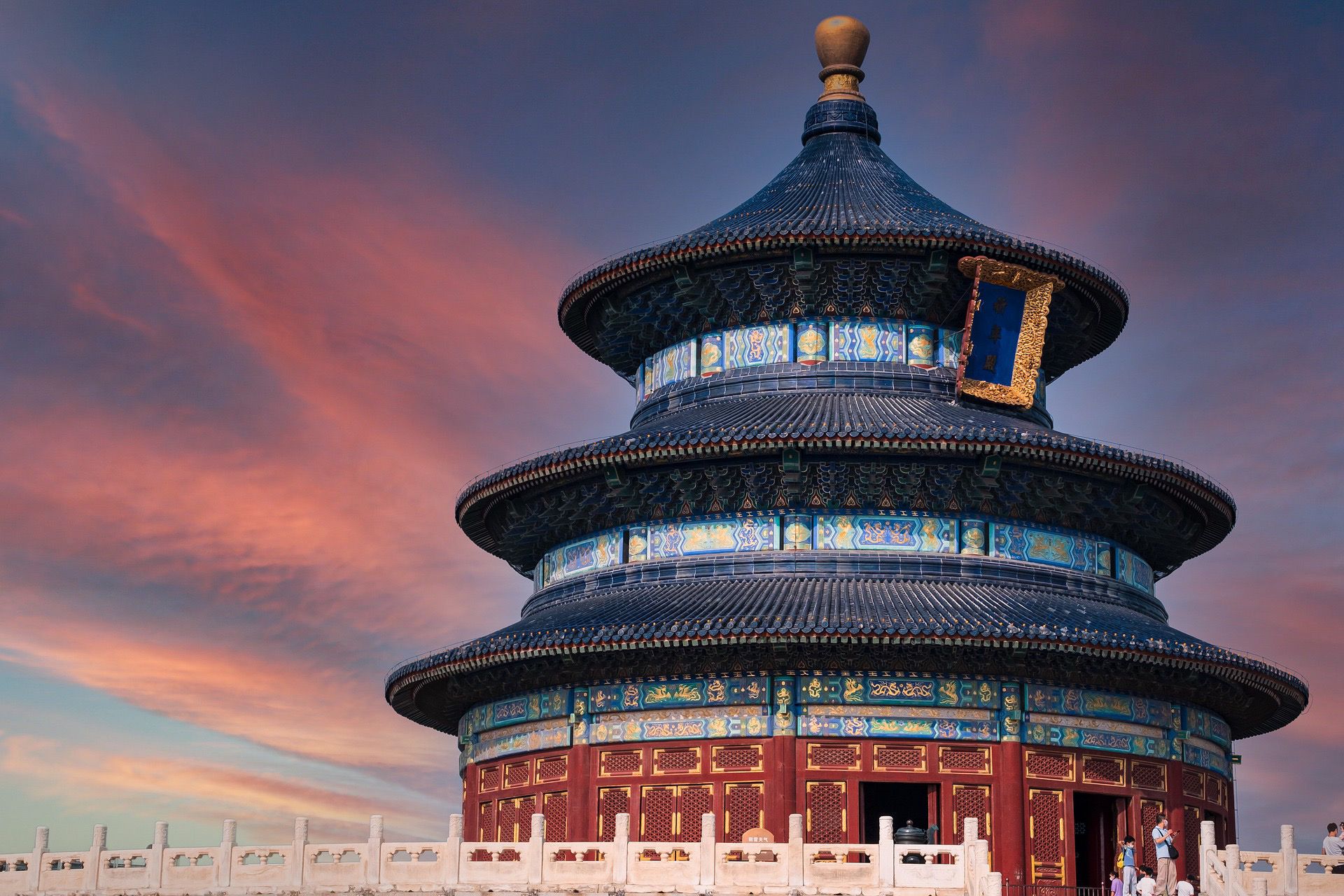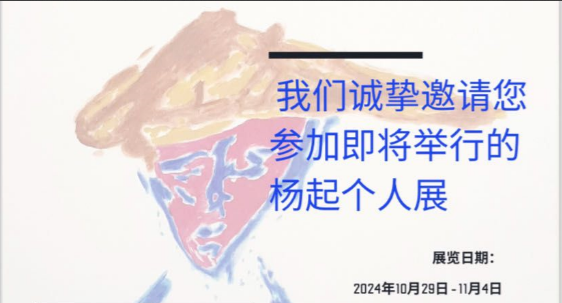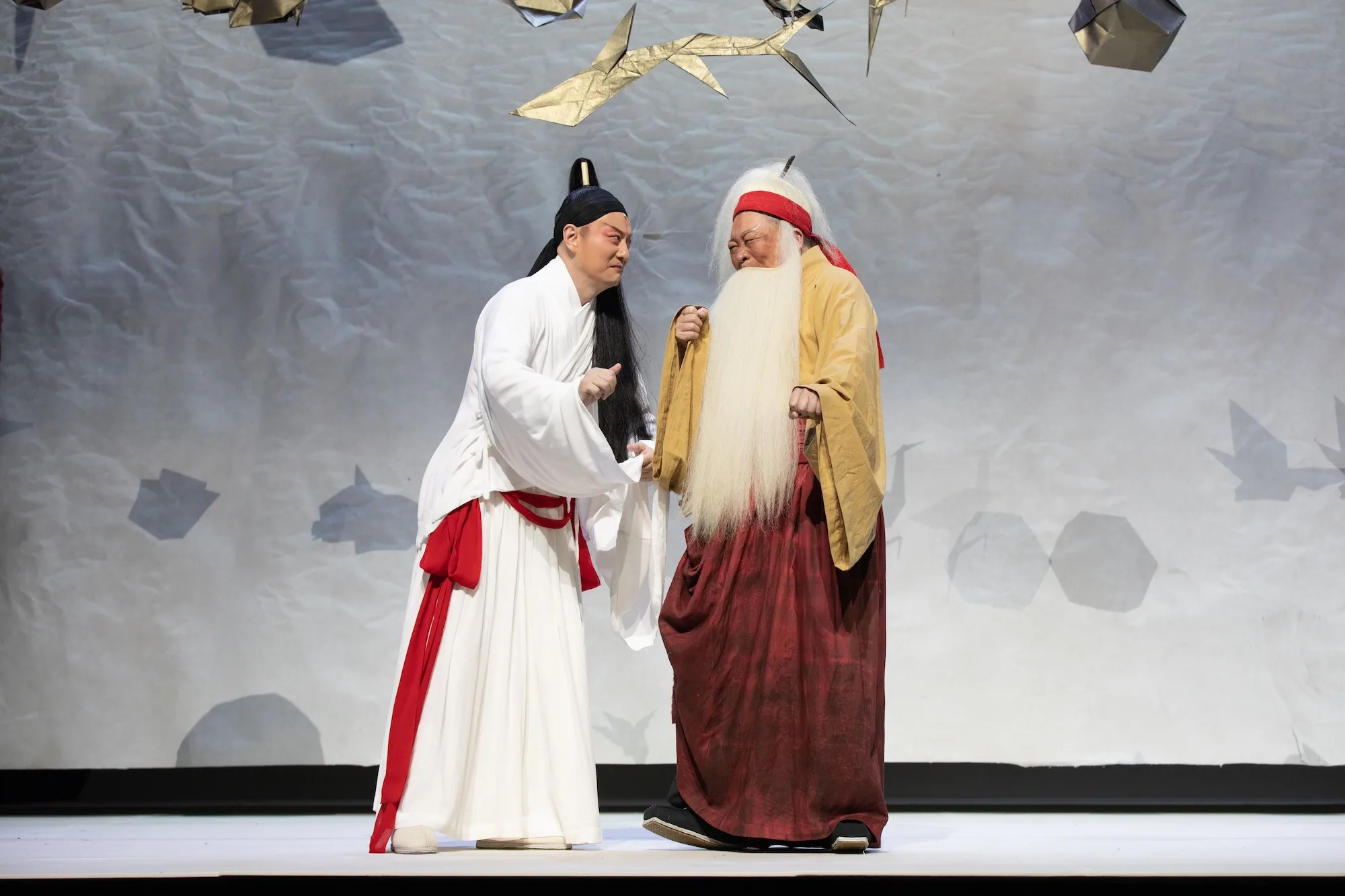Chinese traditional culture is turned into art.
On July 5, 2024, the Guangzhou Academy of Fine Arts unveiled the China National Arts Fund’s 2024 project “Spirit Matters: Traditional Culture in Chinese Contemporary Art” at the Margaret Street Gallery, School of Art, Birmingham City University, UK.
The exhibition spotlights six Chinese artists: Fan Bo, Guo Gong, Liang Shaoji, Liu Jianhua, Peng Wei, and Xiao Yu. Their paintings, installations, and video work delve into “matters”—materials deeply intertwined with traditional Chinese culture. Each artist reinterprets six different “matters”— ceramics, silk, bamboo, paper, herbal medicine, and wood. They take these traditional materials and infuse them with contemporary artistic practices.
 At the opening ceremony, Professor Fan Bo, President of the Guangzhou Academy of Fine Arts, shared his inspiring thoughts. “Art becomes vibrant through communication, and civilizations are enriched through mutual learning.” I hope this exhibition will mark a new beginning for cultural and artistic exchanges between Guangzhou and Birmingham.”
At the opening ceremony, Professor Fan Bo, President of the Guangzhou Academy of Fine Arts, shared his inspiring thoughts. “Art becomes vibrant through communication, and civilizations are enriched through mutual learning.” I hope this exhibition will mark a new beginning for cultural and artistic exchanges between Guangzhou and Birmingham.”
Professor Jiang Jiehong from Birmingham City University curated the exhibition. He emphasized: “The story of China can be better told through meaningful cultural exchanges.”
Reflecting on the collaborative journey, Professor Hu Yu from the Guangzhou Academy of Fine Arts stated, “This exhibition is the result of the relentless efforts of the curator, artists, and team members, with strong support from the National Art Fund of China. We hope to showcase to the British audience the unique charm and creative achievements of traditional Chinese culture in contemporary art. Hopefully promoting deeper exchange and cooperation in the arts between China and the UK. We sincerely invite everyone to visit the Guangzhou Academy of Fine Arts in China.”
The exhibition will run until July 26.
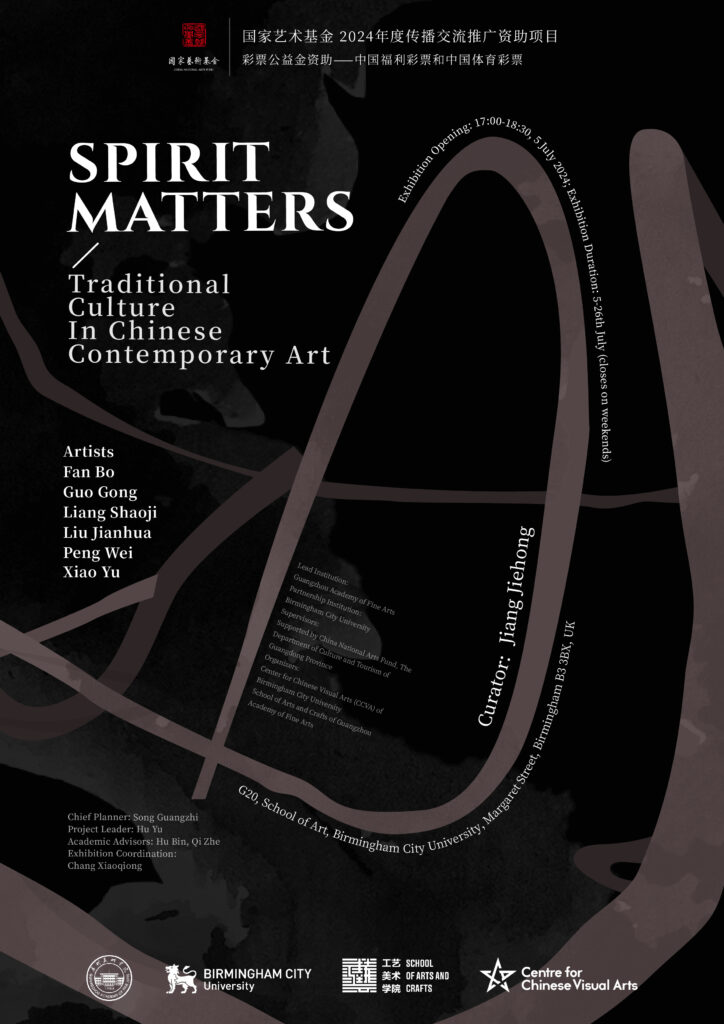
Ceramics, one of China’s oldest craft materials, have evolved into a unique language in Liu Jianhua’s artistic production. This language transcends mere materiality and craftsmanship, encompassing a rich “vocabulary” that ranges from simple to complex, ornate to plain. It also dictates the creative process, encompassing intangible methodological “grammar.”
At first glance, Liu Jianhua’s installation appears unremarkable, resembling twenty or so piles of “sand”. Sand, a ubiquitous element in China’s urbanization, is a common sight on construction sites. These heaps might seem like ordinary stacks of raw, inexpensive building materials. Yet, Liu Jianhua’s “Sand Piles” are an artistic illusion. They are not sand at all, but finely crafted ceramics. Unlike raw materials awaiting use and destined to be absorbed into urban infrastructure, these pieces are finished works. Meticulously created through traditional firing techniques. In their most unassuming and natural form, these ceramic sand piles achieve perfect sculptural elegance.
Liang Shaoji delves into the roots of Eastern textile heritage, returning to its essence—silk, a material discovery as significant as the dawn of ancient Chinese civilization itself. Liang has been nurturing and training silkworms since 1989. He transforms their organic output into art. His philosophical reflections on traditional culture and contemporary life often stem from his understanding of the texture and physical properties of silk. They express themselves through intimate interactions with these insects.
His series “Flat Tunnel” stands as a tribute to the ancient art of silk weaving. It is inspired by the sheer silk gown discovered in Mawangdui Tomb No. 1 from the Western Han period (202 BCE – 9 CE). A masterpiece weighing just 49 grams, Liang’s work captures this marvel. By mastering the biological rhythms and silk-spinning movements of silkworms, including their edge-piling tendencies, Liang collaborates with his silkworms to create ethereal, transparent circular silk sheets. For him, these silkworms are more than just tools. They are collaborators in his artistic process. Helping him bridge a conversation across millennia and crafting the intricate “time tunnel” of his creations.

Scholars and literati have highly cherished bamboo since the Song Dynasty (960-1279 CE). It plays a significant role in their paintings and poetry. In Xiao Yu’s work, bamboo takes centre stage, not only as a subject but also as a primary material to explore intuition and bodily perception. This robust and resilient plant endures artificial forces that bend and twist it to the brink of its physical limits.
In the 2015 video piece “Thinking Too Much Will… No. 3,” a straight, mature bamboo stalk—uniformly thick and solid from end to end—begins to tremble in an extremely slow-motion shot. As pressure from an unknown, powerful force intensifies, the bamboo twists, contorts, fractures, and ultimately shatters into discrete fibers. At a pivotal moment, the force reverses. The bamboo regains strength, soothing its damaged parts and restoring the broken segments.
In Fan Bo’s 2021 painting series “Metamorphosis,” he uses traditional Chinese medicinal herbs, rich in cultural and philosophical significance, to blend Eastern and Western perspectives on the current state of affairs. The artist abandons his long-honed, precise realist painting techniques. Instead, turning the canvas into enlarged sketchbook pages. They contain scribbled formulas, impromptu notes, and quick sketches of human organs.
These biological science symbols and images are born from the artist’s reflections during the global pandemic. They convey fears of disease, the fragility of life, societal discord, and the uncertainties of humanity’s future. This introspection is also marked by chaos, hesitation, doubt, sorrow, and pain. In the face of today’s world, fraught with compassion and conflict, the medicinal herbs in Fan Bo’s paintings transcend their traditional role as remedies from an exotic Eastern land. They become cultural ambassadors, diplomatic negotiations, or prayers for human peace.
Peng Wei trained in traditional Chinese painting and calligraphy from a young age. Paper served as a crucial medium for her artistic expression. Paper, which originated in China during the Eastern Han Dynasty (25-220 CE), carries a millennia-long history. In her painting installation series, Peng invites us to revisit the daily life of past dynasties, depicting antique buildings, scholar gardens, pavilions, and people in traditional attire, as if exploring a scroll painting.

However, Peng presents her works not in scroll form but painted on female torso mannequins typically used for clothing displays. On these painted female “bodies,” viewers can observe storied scenes, meaningful spaces, and legendary eras. In her practice, Peng first adheres traditional handmade paper to selected mannequins, whether smooth or wrinkled, and then paints on the “skin” of these “bodies.” Once dry, the paper is peeled off, like a cicada shedding its shell. This transforms the paper from a two-dimensional medium into a three-dimensional one. It transcends a painting surface becoming a sculptural material.
Peng’s paper installation transforms into an imaginary mannequin, representing her envisioned world—refined, elegant, and ethereal, transcending the mundane and exuding an otherworldly charm, even though the mannequin symbolizes an imaginary body.
In this exhibition, Guo Gong indeed presents a scroll. However, he crafts his scroll not from paper, but from the trunk of a pine tree. A large machine meticulously peels the trunk layer by layer through a series of labor-intensive processes.
It resembles an unparalleled ordeal, with the implementer probing and inspecting every possible hidden spot. When the entire trunk is unrolled, it reveals a piece that stretches over five meters long and is less than half a millimeter thick.
In another of Guo Gong’s works, wood can transform into “metal.” The artist collected discarded and deformed steel bars from urban construction sites. He then used the most precise and skillful craftsmanship to faithfully replicate the entire twisted form of the steel bars with segments of zitan wood. The result appears almost seamlessly joined, painstakingly detailed, and meticulously interlocked.
In these two pieces, wood becomes a symbol of a particular cultural spirit and ethos. If the former highlights openness, confidence, honesty, and fearlessness, the latter metaphorically represents empathy, resilience, and tenacity.
 For the artists featured in this exhibition, the significance lies not only in the materials themselves or the visual language they achieve but also in their methods and pathways of artistic practice. More importantly, through the creation and production of their works, these materials transcend their physical form, returning to and reviving cultural traditions in a contemporary context. This extends the established aesthetic imagination and imbues the materials with spiritual power beyond their physical presence.
For the artists featured in this exhibition, the significance lies not only in the materials themselves or the visual language they achieve but also in their methods and pathways of artistic practice. More importantly, through the creation and production of their works, these materials transcend their physical form, returning to and reviving cultural traditions in a contemporary context. This extends the established aesthetic imagination and imbues the materials with spiritual power beyond their physical presence.
If you liked this article why not read: 10th London Craft Week themed ‘Chinese Design: Harmony in Diversity’ launched in UK


